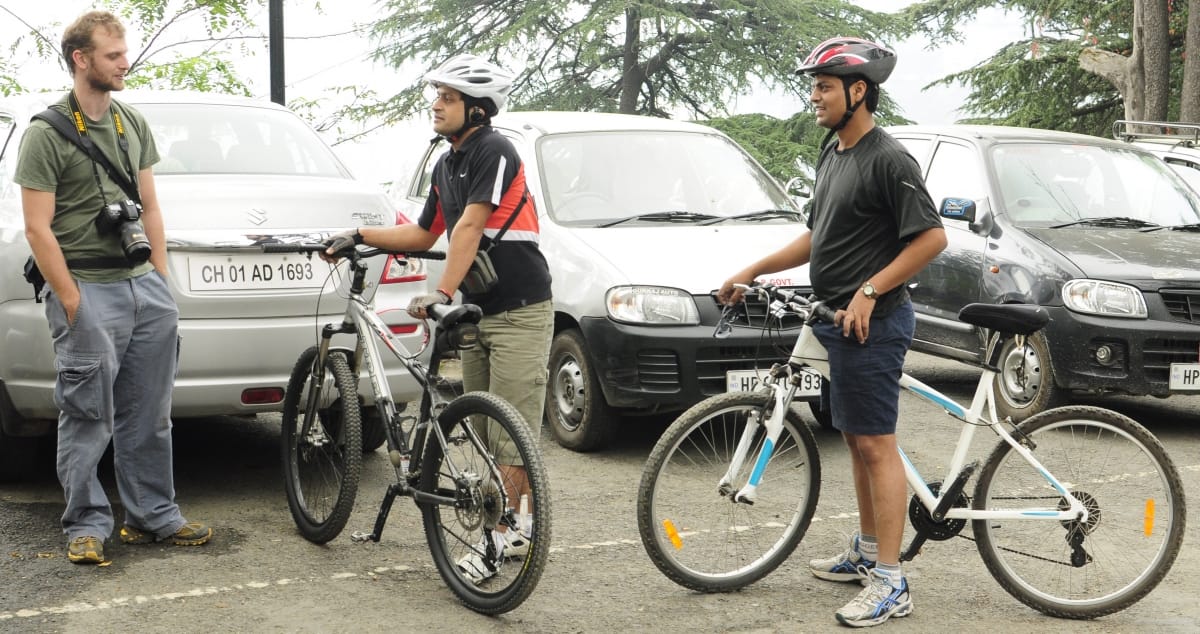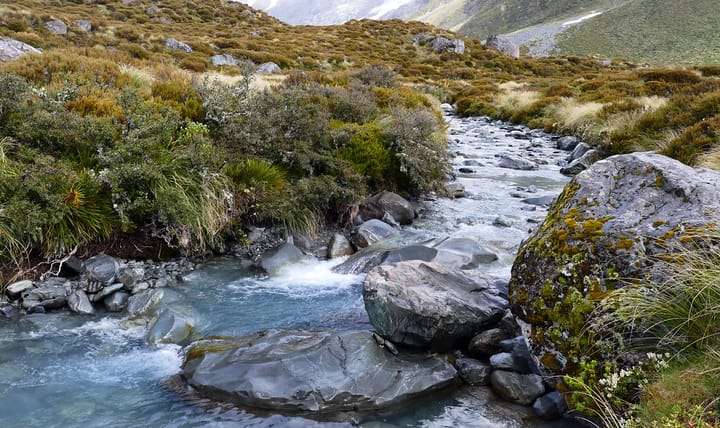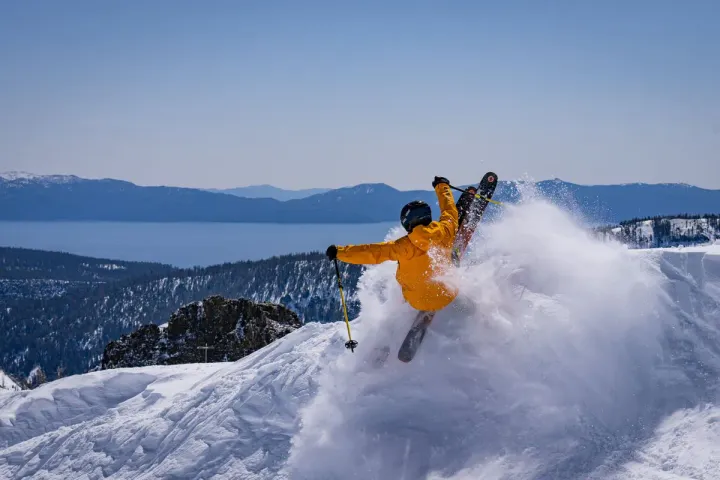Mountain biking for the tenderfoot

Ever been gobsmacked by All Terrain Bikers who zip down mountain slopes while you foot marched downhill? Here's a peek into how you can do it too

You look at the picture once, and then you look again, harder. The rough terrain of the mountains are spread across the page; bits and patches of brilliant green scattered over the rocks, a mountain biker is hurtling down this terrain, with hands gripping the handlebars tightly, feet thrusting down on the pedal, the sun shining off their helmet. It looks crazy, dangerous but absolutely fantastic. How do you do it? The Outdoor Journal spoke to Ashish Sood (Director of MTB Himalaya) and Rohitash Jamwal, two ace mountain bikers from India, for a set of guidelines for beginners: Mountain bikers differ from the road bikers in two major aspects; the terrain they ride on; and the bikes they use. Road bikes are lighter and have a narrow wheel base to decrease the friction between the wheels and the road. On the other hand, a mountain bike has big fat tyres, almost always with knobs to provide an additional grip on off-road terrains. There are basically three broad categories of mountain biking : XC (cross country – a test of endurance as well as skill), DH (Downhill Riding – Extremely Technical) and Free Riding.

To start, you’ll need few essential equipment- a mountain bike (costing around Rs.20,000-25,000), gloves(Rs. 500-1000), a helmet (Rs. 1500) (mandatory, unless you want to crack your skull), biking shorts and jersey, knee and elbow guards (Rs. 2000-2500), eye gear (1000-1500) GPS, heart rate monitor, headlights and rear safety lights ( for training early in the morning). Essential maintenance of a mountain bike for a newbie could be ball parked around Rs. 2000-5000 per year. The best place to have the ultimate mountain biking experience in India seems to be the Himalayas since offroad-bikers from Portugal, Spain, UK, Australia and Canada have been participating in the annual MTB Himalaya race. Himachal Pradesh is one of the prime spots for mountain biking as it boasts of places like the Spiti valley. MTB Himachal is the most challenging mountain biking event in India since 2005. Other places to go trail riding include; Uttarakhand (North Himalayan region) , Kashmir (North) and Sikkim( North East). If you’re planning to participate in an event (like the MTB Himalaya), it is advisable to start training on the road itself to build stamina and strength. Once you have worked on these, try exploring trails in and around your neighborhood. This will help you learn how to handle a bike off the road. For advanced training, one can ride at places like Manali (Himachal Pradesh), Leh( Jammu and Kashmir), or Darjeeling (West Bengal).

HASTPA (Himalayan Adventure Sports & Tourism Promotion Association) is planning to put up training camps at these places in the near future. Ideally, you need to put in 2-3 hours a day on the saddle, try to put in a long, weekend ride to help you accommodate to the long hauls in MTB events (or ride your bike to work). A week before an event, give yourself some rest. Mountain biking is, however, a dangerous sport. You need supervision, an understanding of the technicalities and of course practice. A set of safety guidelines for Mountain Biking is available on the website of the International Mountain Bicycling Association (IMBA) and also on The website of the UCI ( Union Cycliste Internationale). Browse through the MTB Himalaya site for information and inspiration to power slide on the hilly terrain. Image © MTB HimalayaPlace: New Delhi





Comments ()